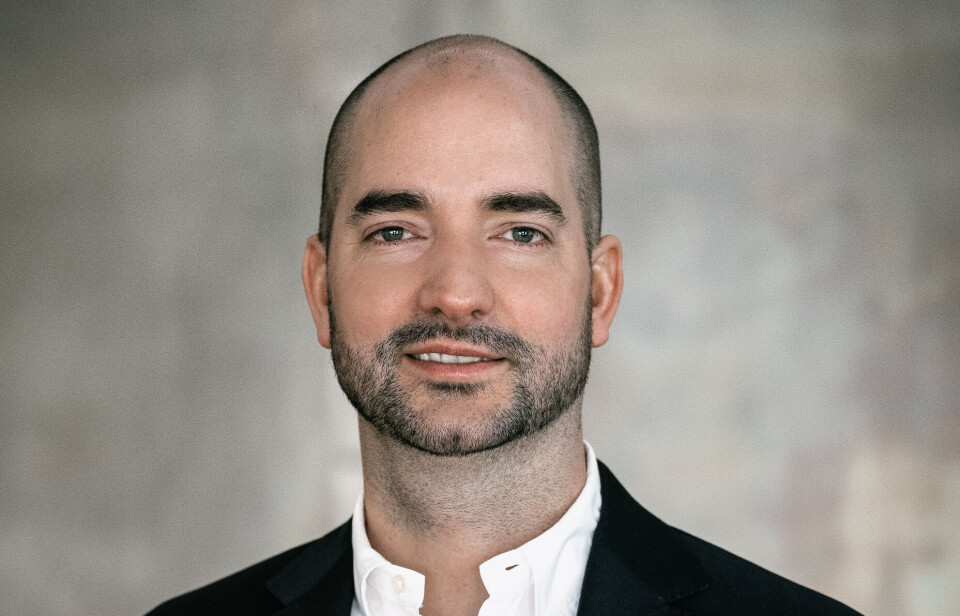
Cod farmer reveals big improvement in feed conversion ratio
Low mortality helped Norcod reduce eFCR by more than a third between first and second half of 2023
Cod farmer Norcod dramatically improved its economic feed conversion ratio (FCR) in the second half of last year, it has revealed in a new ESG (Environmental, Social, and Governance) report.
The Norwegian company’s eFCR fell from 1.62 kilos of feed per kilo of harvested fish in the first six months of 2023, to 1.02 from July to December.
Norcod’s 95.3% fish survival rate in 2023 helped move the dial.
“The economic FCR was calculated by dividing the total weight of feed by net production (harvested weight). A key component of ensuring optimal feed conversion ratio is therefore the survival rate of the fish,” wrote Norcod in the report.
“We strive to have optimal fish welfare and high survival rates at all of our facilities.
“High mortality rates from specific incidents and varying nutrient composition of the feed were drivers for the high feed conversion rates in 2021 and 2022. In the beginning of 2023 (Q1-2) we had incidents which distorted the optimal production cycle, therefore the FCR increased. By the end of 2023 (Q3-4) our production was recovered and improved, and our FCR improved significantly.”

Norcod increased production capacity by 3,599 tonnes in maximum allowable biomass (MAB), compared to 2022. “By year-end, we had six farming sites, with licences totalling 17,519 tonnes MAB. The Forså location, a joint venture in partnership with Kime Akva, raised the total production capacity to 21,119 tonnes MAB,” the company said.
All six of Norcod’s marine sites received the best score in Modelling-Ongrowing Fishfarms-Monitoring B (MOM-B) assessments that survey the seabed below the production sites, and five of the six received the best score in MOM-C assessments that monitor the seabed conditions in the transition zones from the production zone. The other site received the next-best score of 2 (on a scale of 1-4).
Norcod had one incident where 913 fish were recorded as escaped last year.
To prevent new incidents, a daily technical inspection was performed on the cages, and all nets were inspected with an ROV every 1-2 weeks, wrote Norcod. Net inspections by an external body were conducted once a month, which is more frequently than required.
Early maturation
Norcod had to harvest some fish early in Q1 2023 after they showed signs of maturation.
“New knowledge can help us address and mitigate the risk of maturation and spawning in cages and is hence a key priority in our research and development projects,” wrote Norcod.

The company’s total Greenhouse Gas (GHG) emissions in 2023 amounted to 29,397 tonnes of CO2 equivalents, based on the market-based calculation method.
Its main emission source was fish feed, which accounted for approximately 40% of its carbon footprint.
Chief executive Christian Riber wrote that the company's devotion to sustainability is unwavering. Norcod’s efforts to reduce its environmental impact included making onshore power available to a second farm site, and buying a hybrid electric feed barge equipped with a waterborne feeding system for its new Labukta farm site.
“This improved energy efficiency and lowered emissions in the production cycle. The waterborne technology reduced microplastic emissions due to minimised abrasion on the feed hoses,” wrote Riber.























































